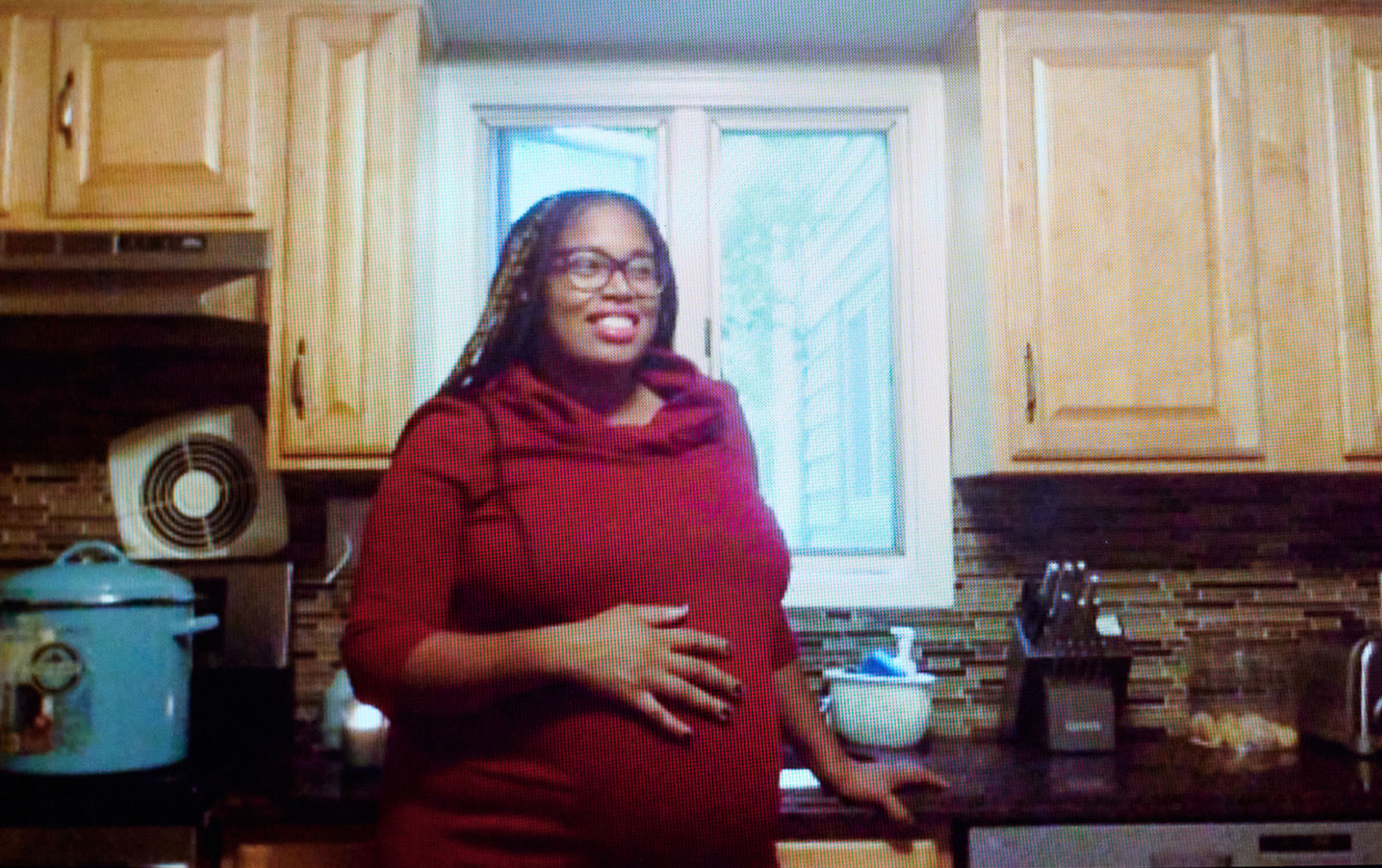How We Shot This Issue

We needed beautiful portraits of people who had recovered from the coronavirus. We also needed the survivors to be Caribbean and they had to be willing to share their personal holiday recipes. Our editor, Rochelle Oliver, explains how we executed our holiday issue while adhering to social distancing.
.
The idea was to find survivors of Covid-19 and to ask them what dishes they were looking forward to enjoying this holiday season. It was a good theme for the holiday issue, but also a little bit like finding a few needles in a haystack.
Of the 8 million people in the United States who had contracted the virus, we needed to find ones who fit a specific criteria:
They needed to be Caribbean Americans who survived the virus
They could cook
They were willing to share their holiday recipes with the world
And we’d need to be able to capture their portraits virtually
The Photography
I had learned about photographers turning to Zoom and FaceTime to take headshots of actors as a way to keep busy while the country was observing stay-at-home orders.
The photographer works remotely, coaching the subject on how to position their laptop. The work is entirely collaborative.
Jenny Anderson, was one of a handful of photographers who had turned to taking quarantine photography. She captures portraits using Zoom as the lens.
Midway through the project, Jenny’s desktop screen broke, and since it was the time of Covid, we had to roll with it. The aim was to get consistency, but as with all things, you must learn to pivot. We ended up with an amazing collection of portraits of survivors who allowed us into their homes.
THE REPORTING
Jonathan Custodio, a reporter who is now with Politico, did the groundwork by calling organizations, hospitals, police stations and by reaching out to people on Instagram.
On more than one occasion, he’d be on the phone with someone who was crying. They had just lost someone to Covid. Or, they had just buried a loved one.
It was emotional work.
THE Food
The magazine also took a new direction with the food. These weren’t recipes provided by chefs or cookbook authors. These were personal, beloved dishes — the recipes were at times not written down. Instead, the preparations were committed to memory and measured based look and feel. We had to go back and forth about flavor, taste, texture and color.
In the case of John Williams, a minister from Brooklyn, we discovered that the main stumbling block was that his marinade could not be replicated. The key ingredient had been discontinued. I adapted that dish as a way to honor the flavors and presentation of his family’s recipe.
What we ended up with as an issue is a beautiful tapestry that captures a moment in time we will never forget.




